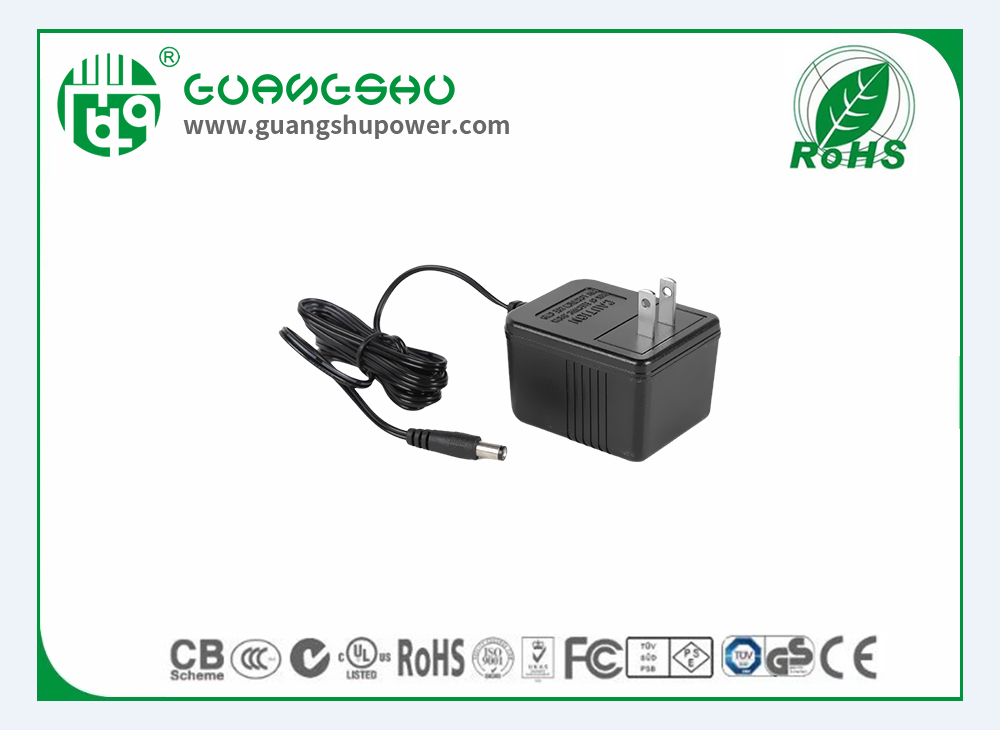Time:2024-11-06 Views:0

The main differences between a 6A charger and a 10A charger lie in their charging capabilities and applications.
Charging Speed: A 10A charger generally has a higher current output than a 6A charger. This means it can deliver more electrical power to the device being charged in a given time. As a result, it can potentially charge a device much faster. For example, if you are charging a large-capacity battery, a 10A charger may be able to fill it up in a significantly shorter time compared to a 6A charger.
Compatibility: Different devices have different charging requirements. Some high-power devices like tablets or certain power-hungry laptops may require a charger with a higher current like 10A to charge efficiently and quickly. On the other hand, some smaller devices or those with lower power consumption might be well-suited for a 6A charger. Using a 10A charger on a device that only needs 6A might not provide significant benefits and could potentially cause overheating or other issues if the device's charging circuitry is not designed to handle such high current.
Heat Generation: Due to the higher current output, a 10A charger is more likely to generate more heat during operation. This requires better heat dissipation mechanisms in the charger design to prevent overheating and ensure safe operation. A 6A charger usually generates less heat and may have simpler cooling requirements. In terms of cable requirements, a 10A charger may need thicker and more durable cables to handle the higher current without significant voltage drop, while a 6A charger can often work with relatively thinner cables in some cases. Overall, the choice between a 6A and 10A charger depends on the device's power needs, the desired charging speed, and the compatibility of the charging system.
Read recommendations:
12V2A European standard wall plug